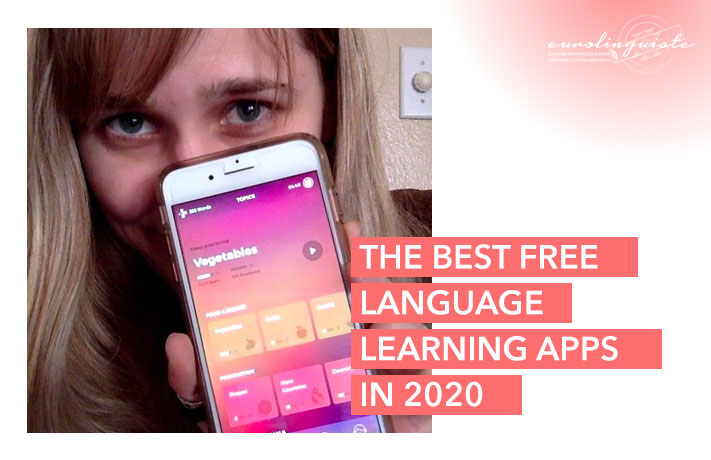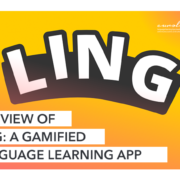The Best Free Language Learning Apps in 2020

My name is Shannon Kennedy and I'm the language lover,…
Given the current situation, many of us have more time at home and on our own. You likely have a list of tasks you’d like to catch up on at home–cleaning, organizing, finally wheedling through that stack of books you’ve always wanted to get to… or maybe to finally start learning a new language. Or to just make the time to continue learning the language you already started.
If that’s the case, you’re in the right place.
Best Language Learning Apps
Over the years, I’ve had the opportunity to test out a variety of language learning apps and here are the best language learning apps I’ve come across during that time.
Memrise — learn new vocabulary and basic grammar
Memrise started out as a vocabulary learning app exclusively, but have since expanded. You can still use Memrise for free if you’d like to learn new words, but if you’d like to try out their courses, you’ll need to upgrade to a paid subscription.
That said, they’re still one of the best language learning platforms out there if you like to make and study your own flashcards (I certainly do). Using this feature is free as are the community decks.
Drops — learn thousands of new words
Full disclosure, I work for Drops. But I was a fan of this vocabulary learning app long before I became affiliated with the company. I originally featured them in a post on language learning activities you can do when pressed for time, and it’s the only language learning app I currently use on a daily basis.
You get 5 minutes for free every ten hours. It’s an engaging, fun, and visually-memorable way to learn new words in a language and build a strong foundation.
Duolingo — pick up the basics of a new language
Duolingo is one of the most popular language learning apps out on the market today. It helps you learn new vocabulary and basic grammar, though its methods are somewhat unconventional and there’s even a Twitter channel dedicated to it.
Google Translate — get translations on the fly
Google Translate is an incredible tool, even if it’s translations still have room for improvement. I use it in a variety of ways–to get quick translations to or from a foreign language, to scan text so I can import it into LingQ (see below), to test my pronunciation using the microphone tool… The options are endless.
Clozemaster — contextual language learning
Clozemaster is an app that uses cloze, another way of saying “fill in the blank” to help you learn a new language through context. They offer a wide range of languages–including languages like Breton and Croatian!
The Best Paid Language Learning Apps You Can Try for Free
The following language apps require paid subscriptions but offer free trials so you can test them out.
LingQ — read and listen to your new language
LingQ is a paid app, but you can try it out for free on a limited basis. The free trial isn’t really enough to get a good sense of how LingQ works if I’m being totally honest. But I can assure you that it’s worth upgrading your account if it works for your budget. It’s one of my favorite language learning apps out there.
Pimsleur — build listening comprehension and speaking skills
Pimsleur started out as an audio course that was pretty cost-inhibitive (around $350 per level). Recently, however, they introduced a subscription model that makes using this audio course much more affordable. It’s $14.95/month (at the time of writing), but you can try it out for 7-days before making the commitment.
FluentU — use video to learn a new language
Want to dive right into native source material in your language? FluentU uses videos on Youtube in a variety of languages to teach you new vocabulary and phrases in a language. You can try it out with a 14-day free trial. After that, it’s $20-30/month.
My name is Shannon Kennedy and I'm the language lover, traveler, and foodie behind Eurolinguiste. I'm also the Head Coach of the Fluent in 3 Months Bootcamp, co-founder of Women in Language, and former Resident Polyglot at Drops.






